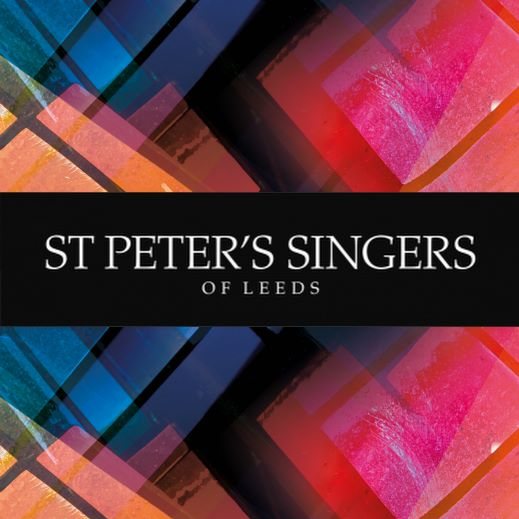About the music
In the words of the composer...
I have written the music utilising a broad sonic palette and being influenced by the sounds of tolling Russian bells, Syrian Orthodox and Serbian choral chant and English, German and French composers of the early 20th century. I wanted to create a soundscape that is as pan-European as possible while also including contributions from the Eastern front and the Orthodoxy, these being absent from the somewhat nationalist and impassioned English music of the period of the First World War. To me it was important to acknowledge the musical and cultural heritage of that conflict while endeavouring to say something new and worthwhile for this century. My hope is that the music offers a different perspective on grief and reconciliation, using the powerful spiritual and human stories in Hannah Stone’s text as a springboard for further understanding.
I have striven to maintain a consistent thematic and aesthetic thread throughout the piece, and have attempted to weave new ideas and motives around those in the text. I felt it was my mission to construct a wide and accessible sonic foundation on which Hannah Stone’s unique approach could be built, and in turn enhancing and clarifying that vision with more than just sympathetic text-setting. The music does not patronise the listener or tell them how to feel about the characters and imagery of the text, but instead tries to provide a contextual soundscape for deeper reflection and understanding.
Some of the sonic themes of the music relate directly to the text, such as Rachel weeping for her children, the cycle of light and dark and day and night heard many times throughout the work, and the ritual of supplication, penitence and salvation through faith. Some themes relate to the context of war with hints of military instrumentation and the futility of armed conflict. The Trisagion in particular explores the idea of holy or “just” war and the dichotomous theory of the greater and lesser jihad, while avoiding pomp or superficial drama (and without re-treading old ground marked out highly characteristically by Elgar, Vaughan Williams, Holst and others). The Dies irae and others explore the eastern European and Russian sounds of tolling Church bells which, in contrast to pealing Anglican Church bells in traditional musical scales, are more rhythmical and clamorous in nature. The Libera me takes a line in the text, “The heavens shivered; dry land erupted from watery chaos”, and derives inspiration from Ravel, Debussy and Britten’s innovative depictions of water, and the visual artworks of Aivazovsky that depict the horror and beauty of the ocean; it tries to evoke the still waters before creation and the brief chaos of life. It confronts the dark abyss of the unknown and seeks a new beginning in the presence of the light.

